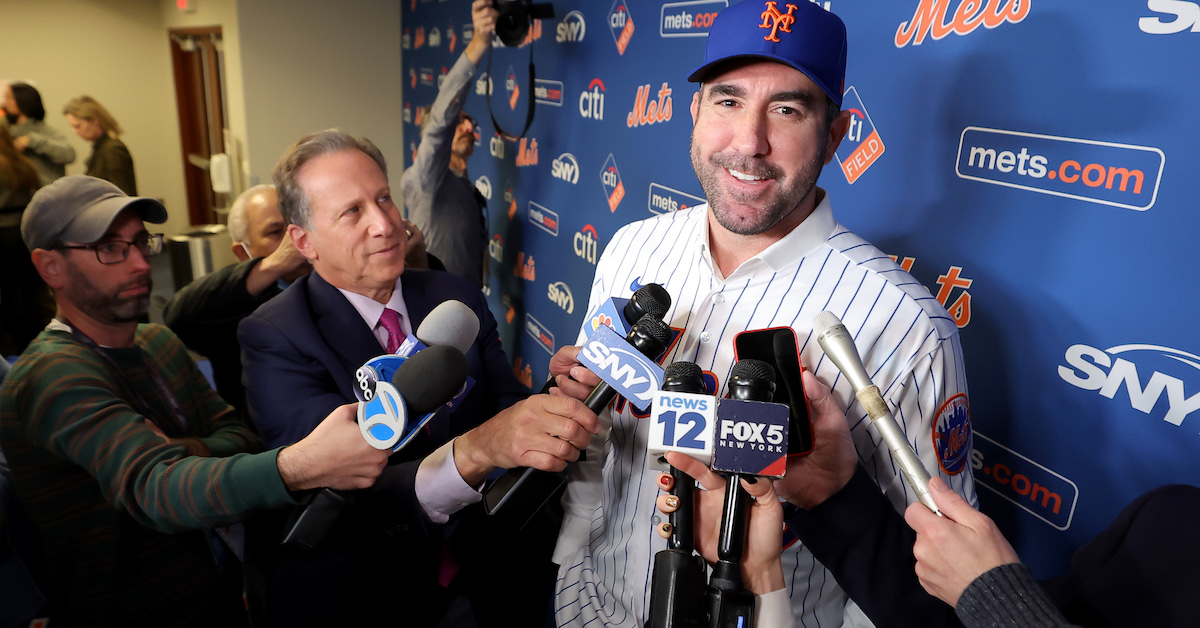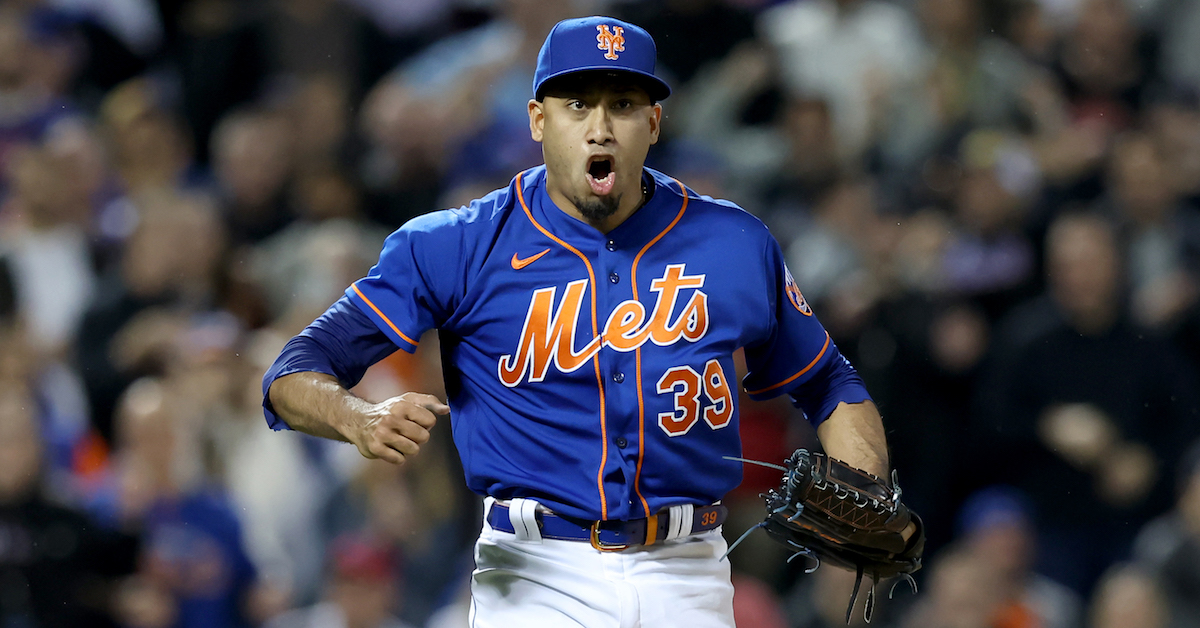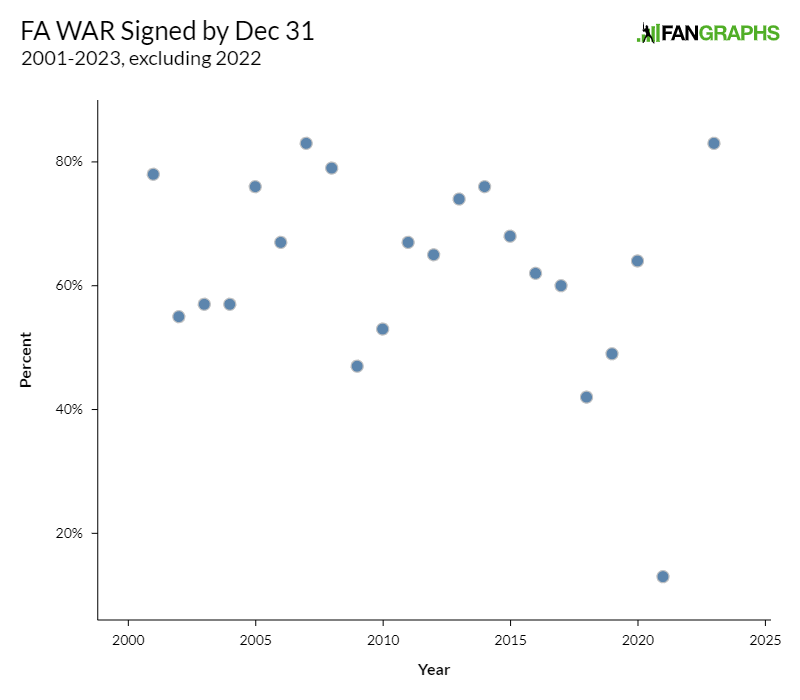Is All Fair in Love and WAR?: The Importance of Hard-Hit Foul Balls

Apart from “outside,” the most frequent word to follow “just a bit” in the baseball lexicon is probably “foul.” How many times has your favorite hitter sliced one down the line, only for the first or third base umpire to frantically wave their hands and scream the dreaded four-letter f-word? (I mean “foul” — get your head out of the gutter.) Here’s a Kyle Schwarber example from the World Series:
The Phillies were inches away from avoiding just the second no-hitter in World Series history. Instead, Schwarber was punched out two pitches later. Unfortunately for Schwarber, this situation was all too familiar. Among the 419 hitters with at least 100 fouls in the 2022 regular season, he ranked fifth in foul barrel rate, coming in at 4.6%. That meant 18 total foul barrels; he would go on to strike out after seven of those. Read the rest of this entry »












